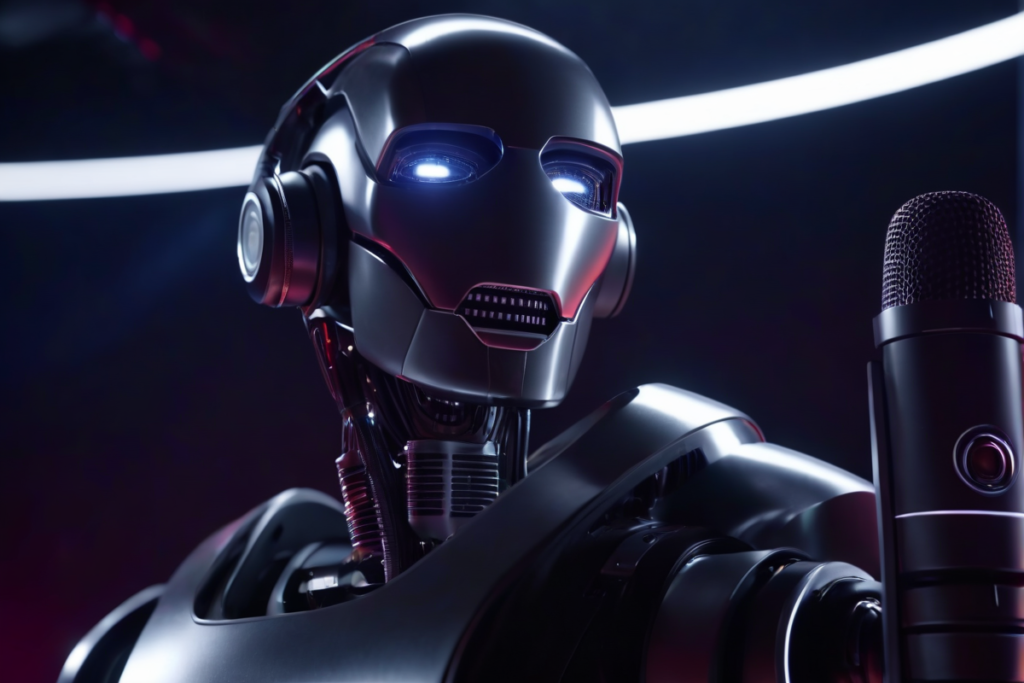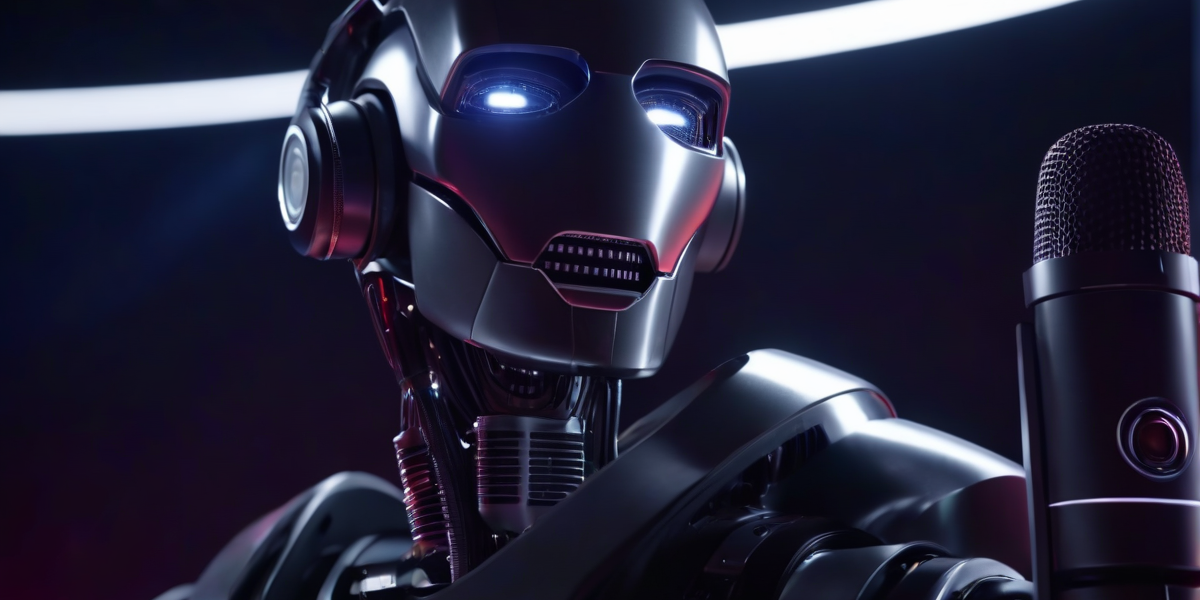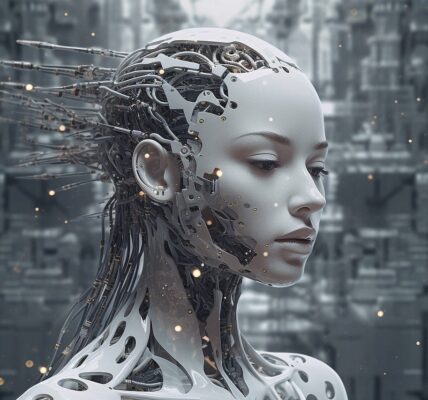

The public impression of AI penetrating the art and music world might have been distorted a little by science fiction depictions of vindictive robots and cold minds, yet it makes sense to fear something that could easily become as deadly as the initial discovery of the atom. Right?
Today’s AI systems excel at anything that uses specified data sets. It generates content quicker and in more quantity than we can. No one needs copywriters anymore. No one needs visual artists, and it’s no longer necessary to come up with your own music intros, or even short video clips. I’ve been researching this topic for two months now, and I’ve already set up a fully functioning automatic website that generates its own blogs in ten minutes, inserts affiliate links from Amazon, and writes me out entire page reviews of products as well as content tables and comparisons. It inserts images and scrubs YouTube for appropriate videos to go along with these reviews. And I haven’t had to lift a finger.
As with everything, there are pros and cons, and we must either learn more about a new thing, or run away from it and complain until we lose our friends due to curmudgeon monotony. Learning to train a computer to create what you want out of thin air is quite intoxicating. The ability to crank out enough written articles to have a chance at competing with bigger websites is a breath of fresh air. And there are people who will always balance the scales with their inventions to suppress AI’s growing power.


There is now a project called Nightshade, that literally gets your AI generator drunk and unable to create effectively. This is being built by a collaboration of artists who are afraid of their work being stolen. Since AI generators scrape the internet for other works of art and learn to use it in new work, the idea is to corrupt the existing artwork out there. Pictures, or photos, really, are rasterized images. Rastering an image means to use dots or digitally, pixels, to create a photo. This is digitally done by the program used to either capture or edit it. Everyone knows what pixels are. They make up most of the images on the internet with tiny squares. The alternative is using a vector image online, which uses a mathematical equation that makes points, lines and curves instead of pixels. It’s smoother. Most people use rasterized images online, as they load quickly. Vectors are generally used for printing purposes. The Nightshade project makes it possible to insert a mathematical formula into your artwork, essentially corrupting or skewing each pixel. This isn’t visible to the naked eye, especially once uploaded to the internet, but it is visible to an AI generator. The generator picks up this corruption, therefore rendering it unable to create an appropriate representation of what you’re asking for. Nightshade destroys AI image generation from the inside.
Then there’s another angle to the whole AI movement; Adobe, one of the biggest creative suites out there, wants to both use AI in its software and make sure you can decipher what’s real and what’s not. A small team of people are working on a way to detect images that have used AI in their creation. As of now, AI is evolving so fast that most people are starting to be easily fooled by what they’re seeing. That’s not an insult to the intelligence of humanity; it’s a real problem. The ability to generate a video that shows the consequences of war can be deep-faked. Celebrities can be deep-faked. Any person’s reputation can be ruined with automated tweets coming from those with the software programs to do it.
While that does sound scary, we all know human behavior. Whenever one thing happens, there will always be a rising number of people who oppose it and find ways to crush it before it takes over. This is simple historic math.
Don’t fear it too much. It’s not going to take over your life, because someone somewhere won’t allow it to. We do a pretty good job of competing with each other and throwing sharp nails in the road. Rather than reacting anxiously, we should proactively invest in collaborative governance of incrementally more powerful algorithmic intelligence. Ethical guidelines, transparency standards, and practical applications can re-direct technology and enhance social welfare. Intelligently integrated and accessible AI stands to revolutionize everything from medical diagnosis to renewable energy systems. And if we focus on problem solving instead of anxiety, we control whether AI catalyzes positive change.


